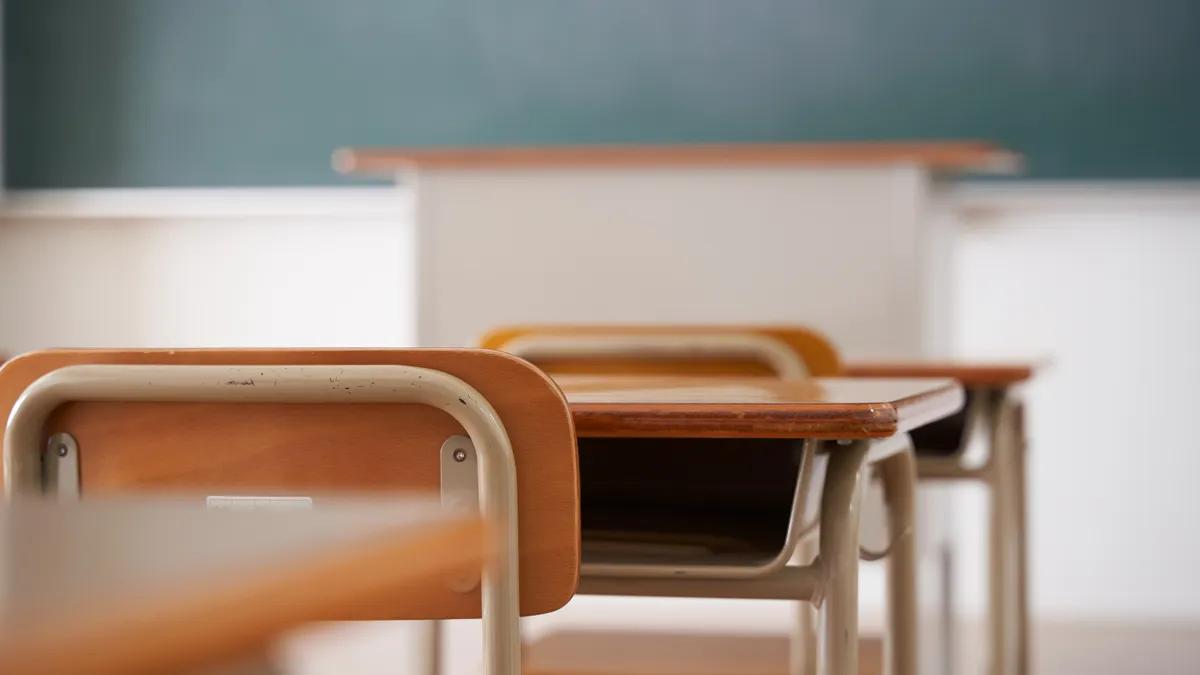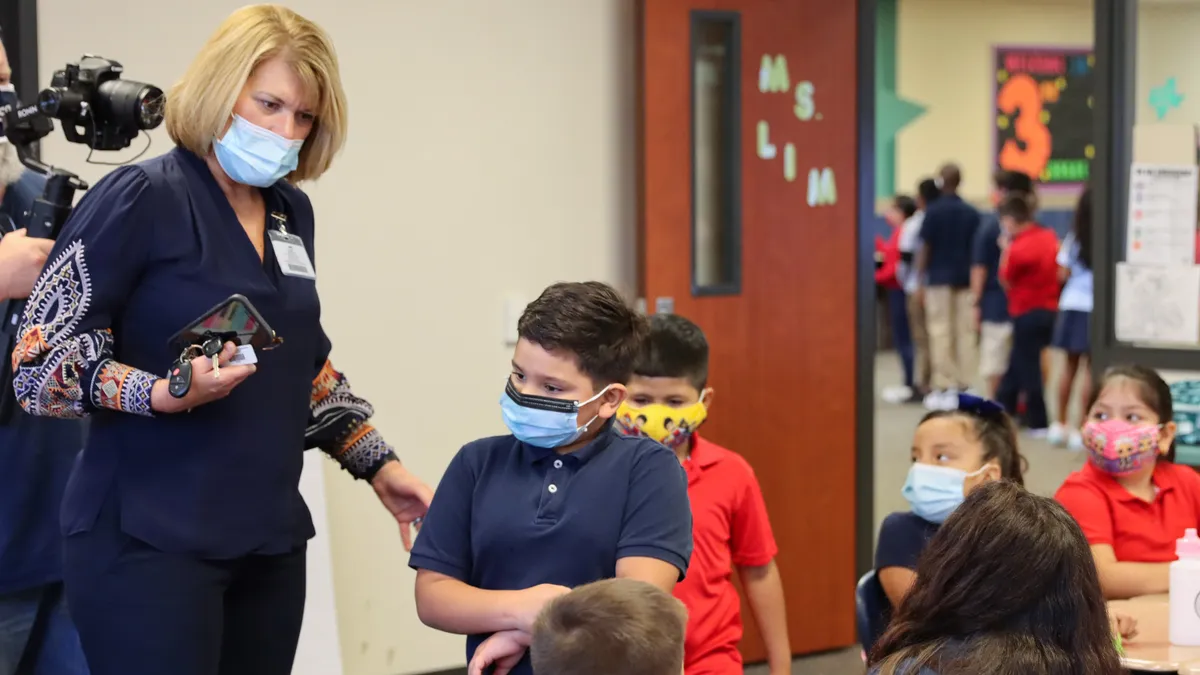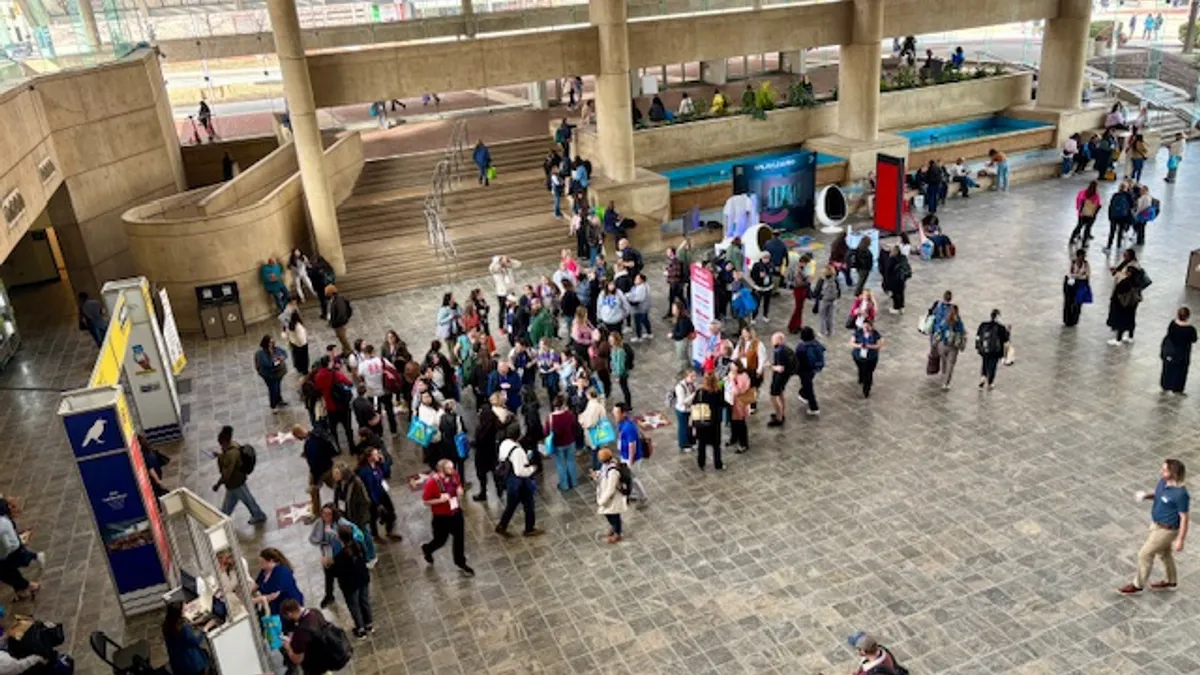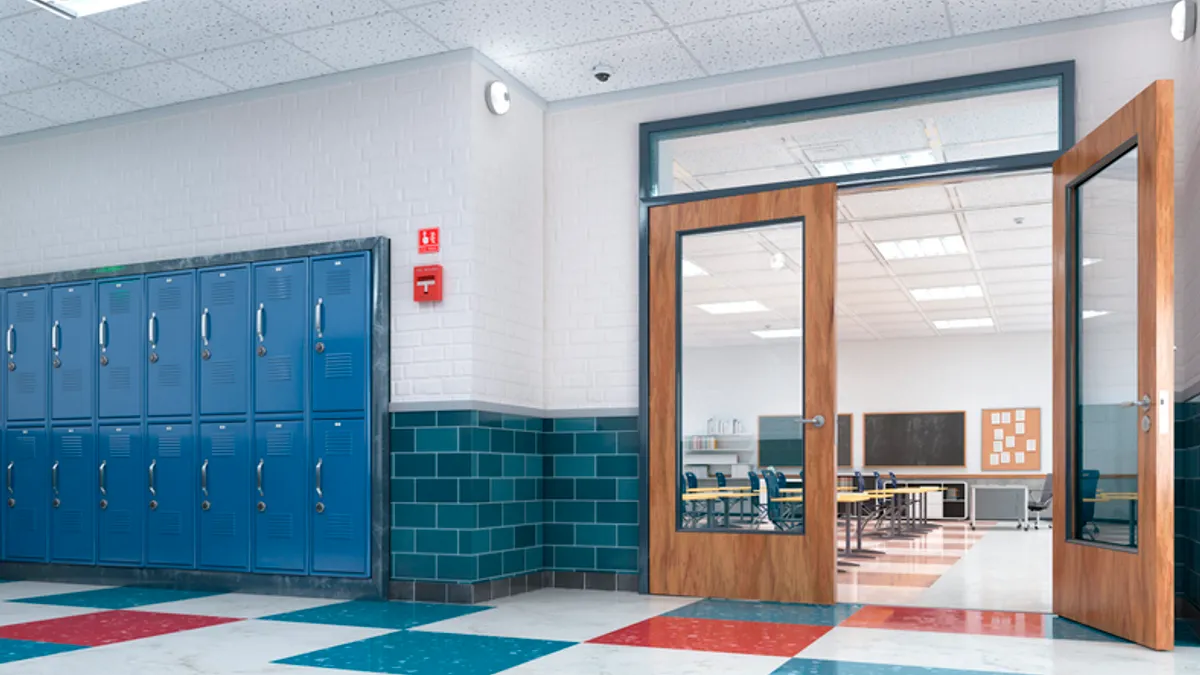The number of students experiencing homelessness jumped 25% between the 2020-21 and 2022-23 school years, highlighting the need for school districts and communities to respond to growing numbers of unhoused youth, said advocates for housing stability.
In the 2022-23 school year, 1.4 million pre-K-12 students experienced homelessness, according to a dashboard recently updated by SchoolHouse Connection and Poverty Solutions at the University of Michigan. The data, including for the most recent school year available, originally came from the U.S. Department of Education.
Students experiencing homelessness have higher rates of chronic absenteeism and lower graduation rates compared to their peers, the data shows. The figures from the Education Department align with data released late last year by the U.S. Department of Housing and Urban Development, which showed a 39% increase from 2023 to 2024 in the number of families with children experiencing homelessness.
HUD defines these families as including at least one adult and one child under the age of 18 who were experiencing homelessness together on the night a "point-in-time" count was conducted in January 2024. The Education Department uses the definition in the McKinney-Vento Act, which says homelessness includes staying with others temporarily due to loss of housing, economic hardship or a similar reason, as well as staying in shelters, motels, and unsheltered situations.
Statistics from SchoolHouse Connection and Poverty Solutions also show state and school district student homelessness trends. For instance, student homelessness in California increased by 8% between 2020-21 and 2022-23. Florida's Miami-Dade County Public Schools saw a 96% increase over the same time period.
More students identified as homeless post-COVID-19
The increases in students experiencing homelessness in those years can actually be viewed as a positive trend because it indicates a greater level of identification of these individuals, said Jennifer Erb-Downward, director of housing stability programs and policy initiatives at Poverty Solutions. With more identification comes more access to resources, she said.
"We want to really stress the fact that increased identification is a really positive thing," Erb-Downward said during a Wednesday webinar hosted by the organizations. "When students are not identified, they're not receiving the supports or legal protections that they have a right to."
The higher count can also be linked to the boost in emergency pandemic federal funds, said researchers. About $800 million in school recovery funds was dedicated to students experiencing homelessness in the 2022-23 school year, and an estimated 62% of school districts received recovery funds to support homeless students, according to SchoolHouse Connection and Poverty Solutions.
By comparison, typical annual appropriations from the McKinney-Vento Act — a federal law ensuring the education of homeless youth — is about $129 million and serves about 21% of school districts, according to SchoolHouse Connection and Poverty Solutions.
"When students are not identified, they're not receiving the supports or legal protections that they have a right to."

Jennifer Erb-Downward
Director of housing stability programs and policy initiatives at Poverty Solutions at the University of Michigan
Advocates for housing stability encourage local and state education officials to review trends in the data to better direct supports and funding for this population. That includes reviewing locations where student homelessness is underidentified, they say.
"Zero identification is a very strong indicator that some of the basic systems needed to identify and support both the practical and legal needs of students experiencing homelessness are not being met, because it is very unlikely — unless you have a very small school district with very low poverty — that there are no children experiencing homelessness," said Erb-Downward.
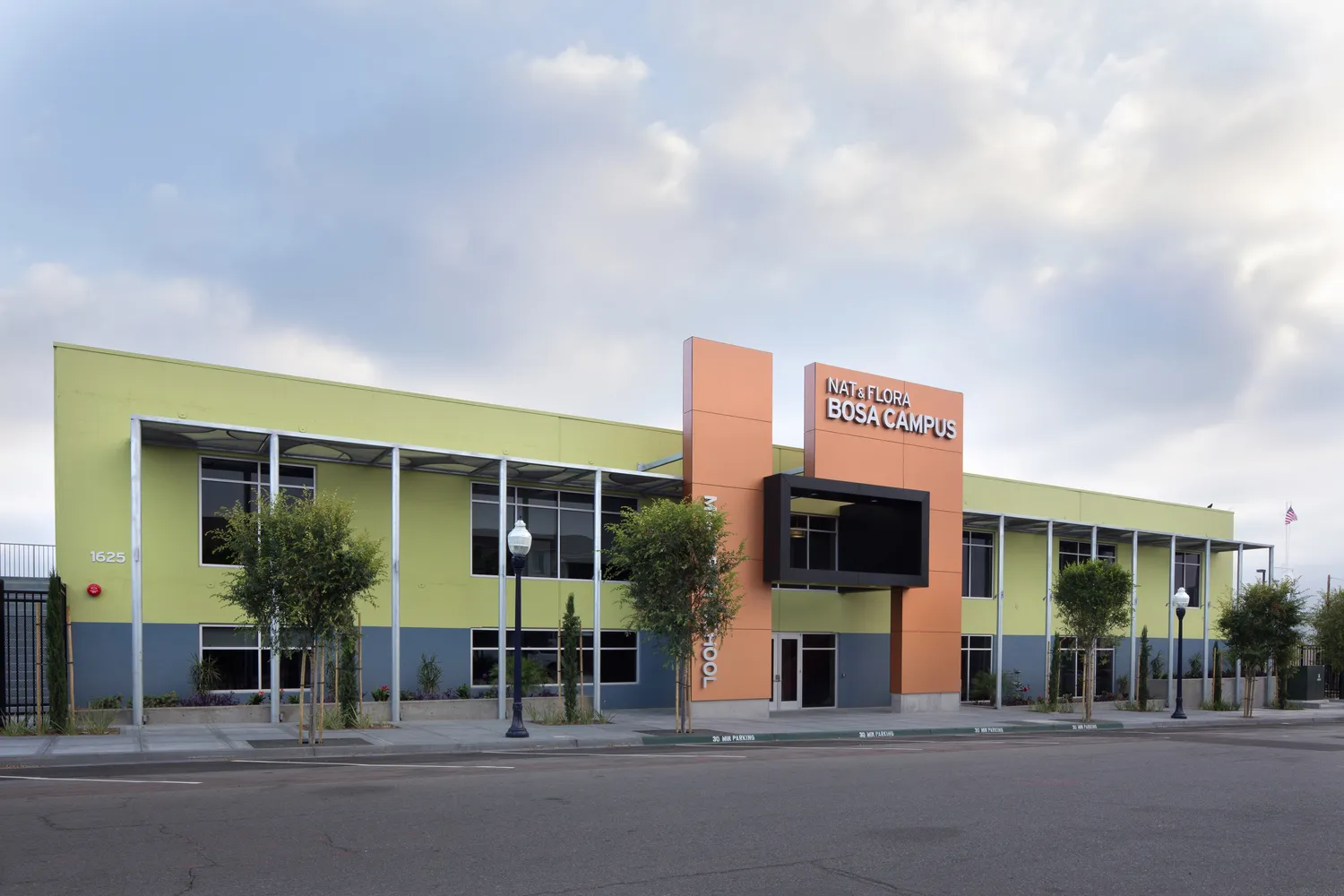
Creating safe spaces for healing
Schools serving homeless and low-poverty youth need to create a safe, supportive environment that addresses students' basic needs, mental health and creative expressions, said Afira DeVries, president and CEO of the Monarch School Project in San Diego. The Monarch School is the nation’s only K-12 public school solely dedicated to serving unhoused students. It operates under the San Diego County Office of Education.
About 300 students attend Monarch School, which recorded an 84% daily attendance rate and 88% graduation rate for the 2023-24 school year. On average, students attend the school for 11 months but some students experiencing cyclical homelessness attend for many years, including through graduation.
DeVries said the Monarch School is centered around supporting the needs of children who are managing complex trauma. For instance, it has a family health center with a nurse practitioner, as well as showers and laundry facilities. Additionally, students and families get access to mental health providers.
"It's about moving those basic needs out of the way as a barrier for the child to be able to feel ready, focused, rested and prepared to receive knowledge and absorb that information and learn," DeVries said.
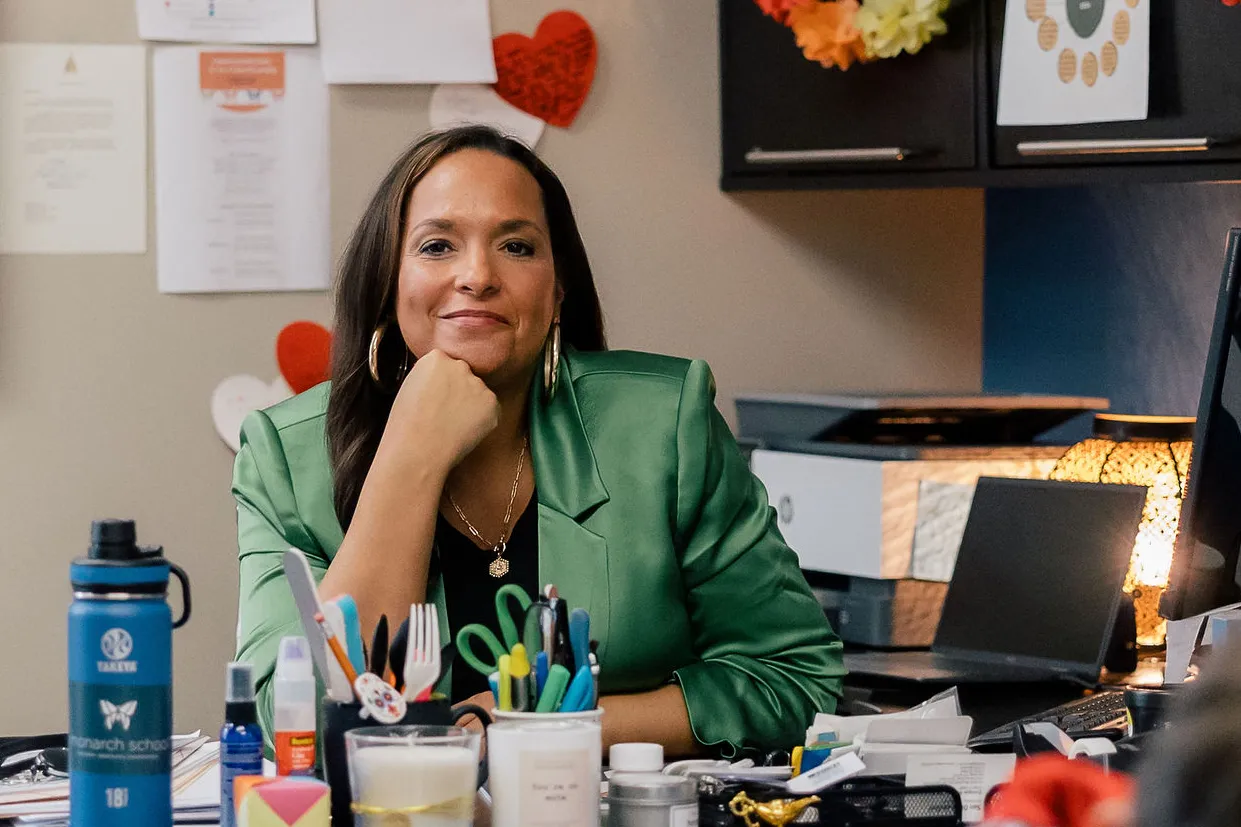
In addition to regular academic courses, Monarch students can access a wide range of expressive arts and physical activities, including drawing, theater, writing, music and sports.
"When you come to Monarch School, you can lay your baggage down at the door, because everybody here is experiencing the same thing you are," DeVries said. "You're becoming the individual you're meant to be. You don't have to run and hide, and you're safe here, and we're going to help you try to figure out how to heal what's broken so that you progress into adulthood with internal resilience and stability to succeed."
DeVries emphasized the school's partnerships with community nonprofits, local governments and other organizations are essential to its ability to support students, families and staff.
Monarch is also making contributions to the teaching field, DeVries said. Last fall, it launched Nexus, a training, coaching and consulting service for educators working with students experiencing homelessness. The training module, open to educators from across the country, offers introductory e-learning, project-based cohort training, and customized coaching and consulting for working with students and families, especially those who are experiencing homelessness.
Better preparing teachers to support students experiencing homelessness benefits all students, she said.
"Just because unhoused kids benefit from it doesn't mean that kids who are living in a more stable home environment will not benefit from having a teacher that knows how to address trauma and be restorative in their classroom," DeVries said.










